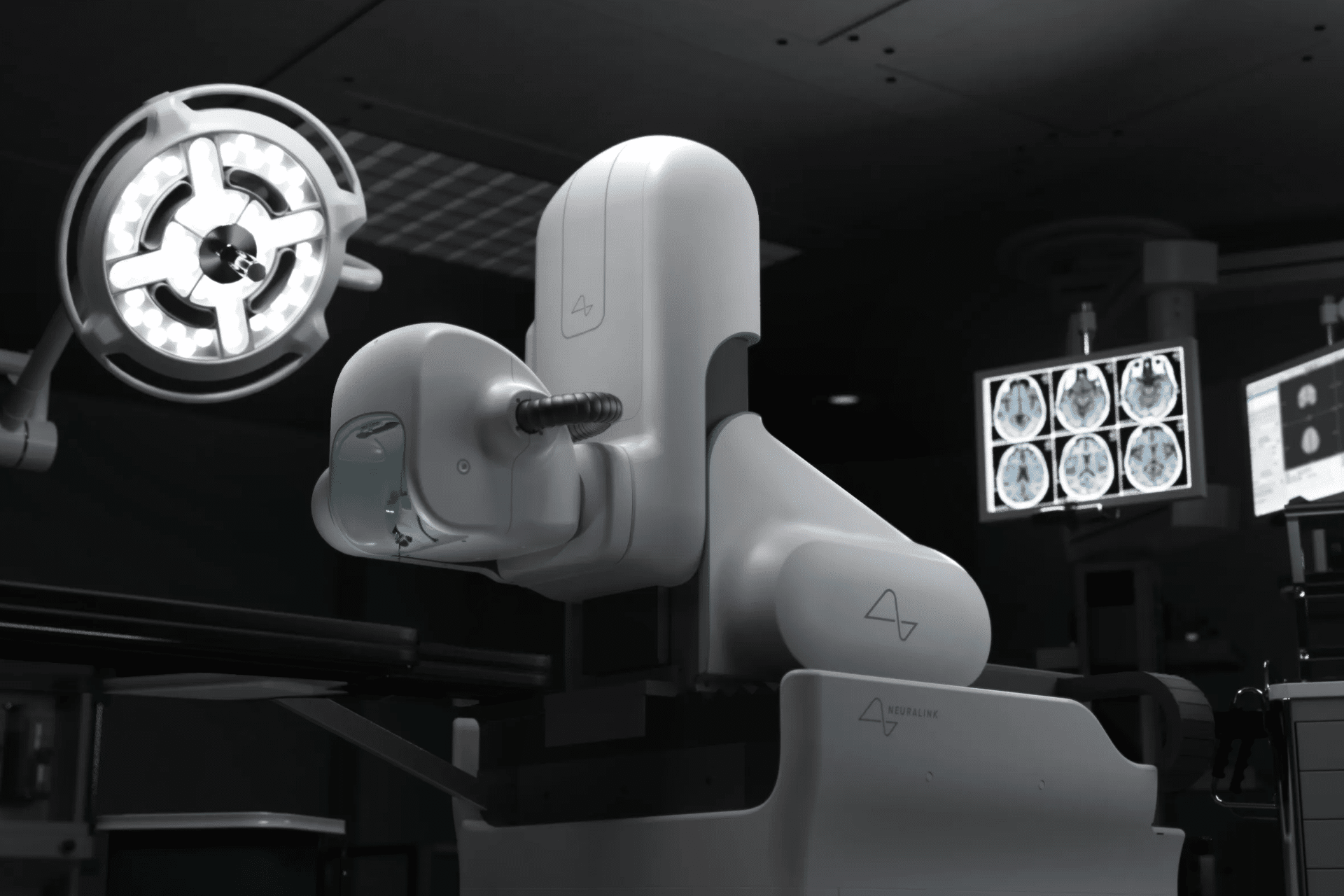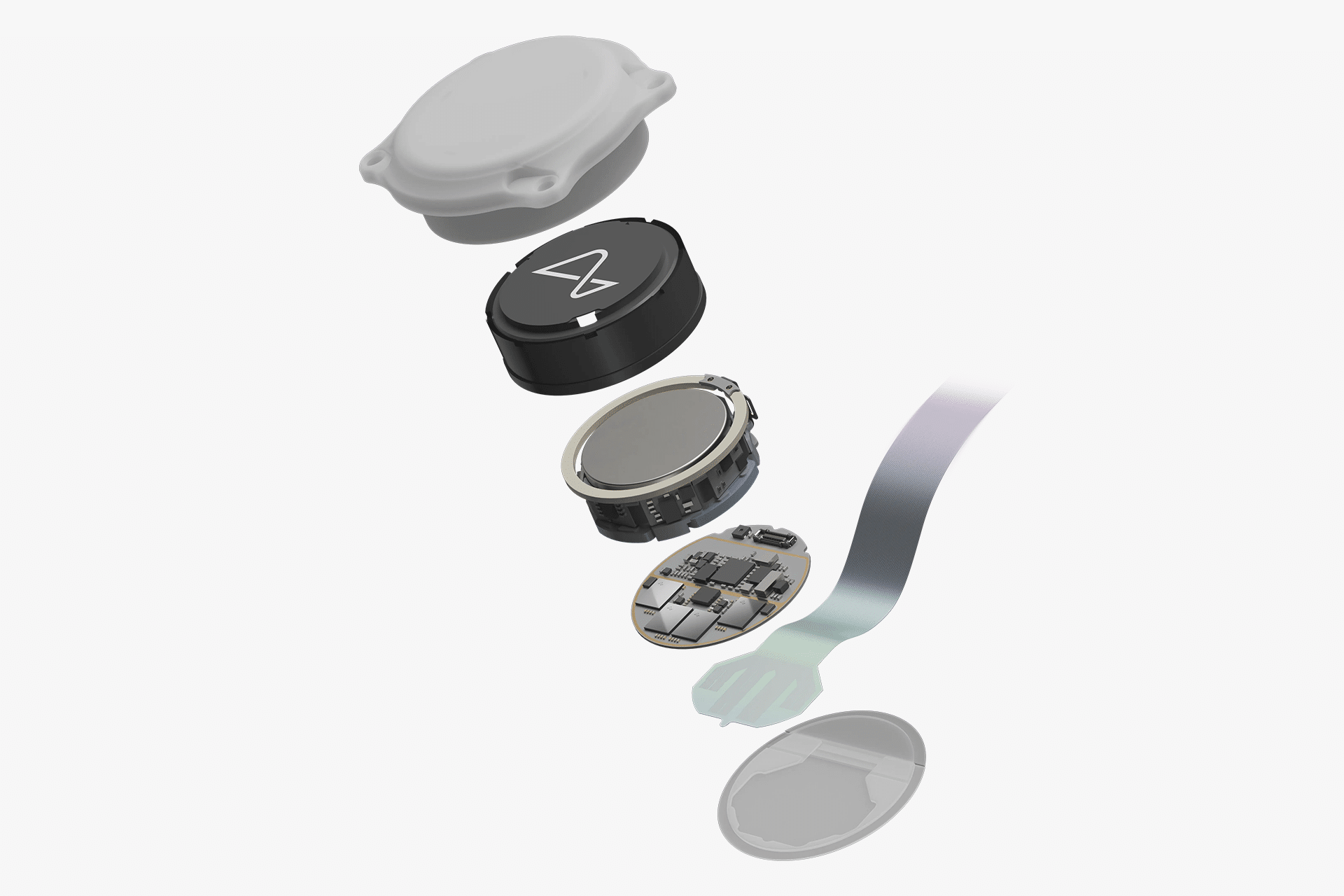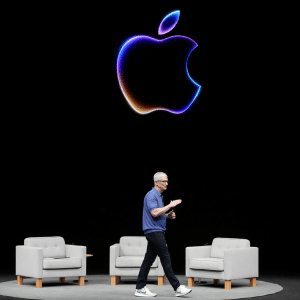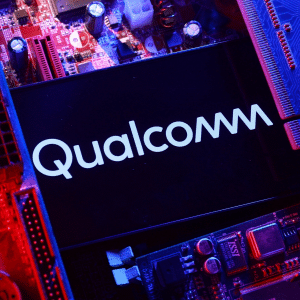Neuralink’s first human implant, conducted in January 2024 on Noland Arbaugh, a 29-year-old quadriplegic, enabled him to control a computer cursor and play chess using only his thoughts. A second implant in August 2024, also for a spinal cord injury patient, showed 400 of 1,024 electrodes functioning, per Musk’s podcast with Lex Fridman. The PRIME study targets patients over 22 with quadriplegia or ALS, using a surgical robot to implant 64 threads with 1,024 electrodes into the brain’s movement-planning region.
Arbaugh faced issues when threads retracted, reducing performance, but Neuralink’s algorithm tweaks restored functionality, as reported by Reuters. The trial, spanning six years with 18-month clinic visits, aims to refine BCI reliability. Optimize for “Neuralink human trials” to capture interest in clinical progress.

Applications for Paralysis Treatment: Neuralink Paralysis Solutions, BCI for Mobility, Neuroprosthetic Advances
Neuralink’s primary goal is to help paralyzed individuals control devices like smartphones or computers via brain signals. Arbaugh’s ability to browse the internet and play games demonstrates real-world impact, as shown in a March 2024 X livestream. The implant decodes neural activity to execute commands without physical movement, offering hope for those with spinal cord injuries or ALS.
Future applications could include controlling robotic limbs, per ASU’s Bradley Greger, who predicts such advancements within 1–3 years. Compared to Synchron’s stent-like BCI, Neuralink’s direct brain implant offers higher signal fidelity but requires invasive surgery. Target “Neuralink paralysis solutions” for those researching mobility restoration.
Controversies and Safety Concerns: Neuralink Safety Issues, Animal Testing Concerns, BCI Ethics
Neuralink has faced scrutiny over animal testing, with a 2024 PCRM report alleging chronic infections and paralysis in monkeys from 2017–2020 experiments at UC Davis. A Reuters investigation cited rushed testing causing animal deaths, though Musk denied implant-related fatalities in a September 2023 X post. Regulatory probes by the USDA and SEC, reopened in December 2024, were disrupted when President Trump fired 17 inspectors general in January 2025, including the USDA’s lead investigator.
Human trial safety appears promising, with Arbaugh reporting no cognitive impairments and a swift recovery, per WIRED. Optimize for “Neuralink safety issues” to address ethical concerns.
Future BCI Innovations: Neuralink Future Plans, Brain-Computer Interface Advancements, Neural Lace Concept
Musk envisions Neuralink’s “neural lace” as a digital brain layer, potentially enhancing cognition or merging humans with AI. While 2025 trials focus on paralysis, Musk’s long-term goals include treating blindness, depression, or even uploading memories, as stated in a 2024 NBC News interview. The implant’s 1,024 electrodes and wireless charging via a compact inductive charger set it apart from competitors like Blackrock Neurotech, which lacks FDA approval.
A 2025 Nature article suggests Neuralink could implant eight more patients this year, advancing toward broader applications. Target “Neuralink future plans” for speculative tech searches.
Comparison with Competitors: Neuralink vs Synchron, BCI Technology Comparisons, Neurotech Innovations
Neuralink competes with Synchron, which implanted its first BCI in 2019 via a less invasive jugular vein approach, enabling paralyzed patients to email and shop online. Paradromics’ 2025 implant, tested during epilepsy surgery, records single-neuron activity but isn’t FDA-cleared. Neuralink’s 1,024 electrodes offer higher resolution than Synchron’s stent-like device, but its surgical complexity raises risks, per a 2024 CNBC report.
Blackrock Neurotech, a pioneer since 2004, lags in commercial approvals. Optimize for “Neuralink vs Synchron” to attract tech comparison seekers.
FAQs and Comparisons: Neuralink Progress, BCI for Paralysis, Neuralink Trial Updates
What are the latest Neuralink trial results in 2025? Two patients successfully control devices with brain signals; eight more implants are planned this year.
How does Neuralink help with paralysis? Its BCI translates brain signals into commands for computers or prosthetics, aiding those with quadriplegia or ALS.
Is Neuralink safe for humans? Early trials show no cognitive harm, but animal testing controversies raise ethical questions.
How does Neuralink compare to Synchron? Neuralink’s implant offers higher resolution but requires invasive surgery, unlike Synchron’s vascular approach.
What’s next for Neuralink? Expanding trials, refining FSD-like autonomy for BCIs, and exploring cognitive enhancement.







